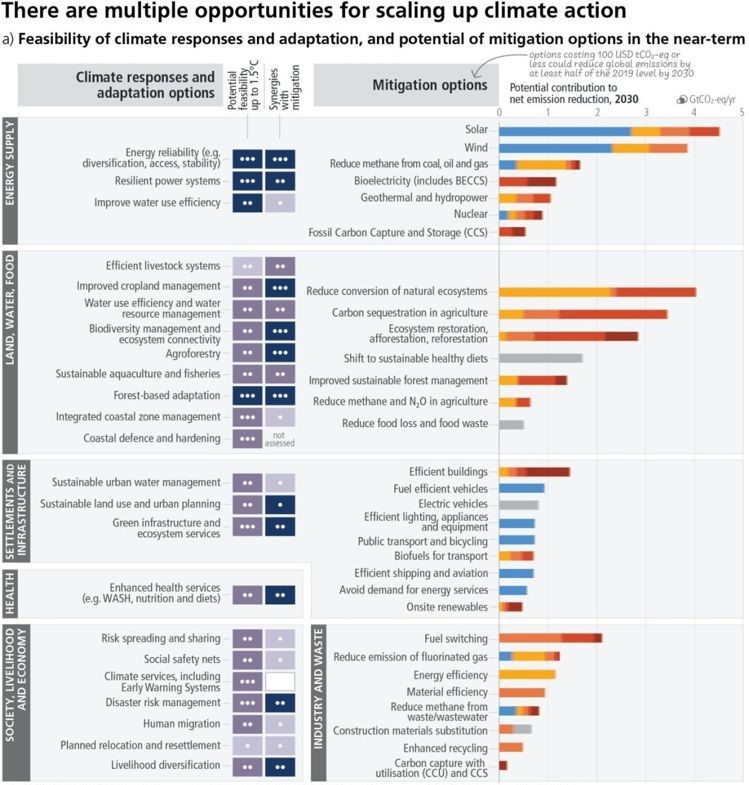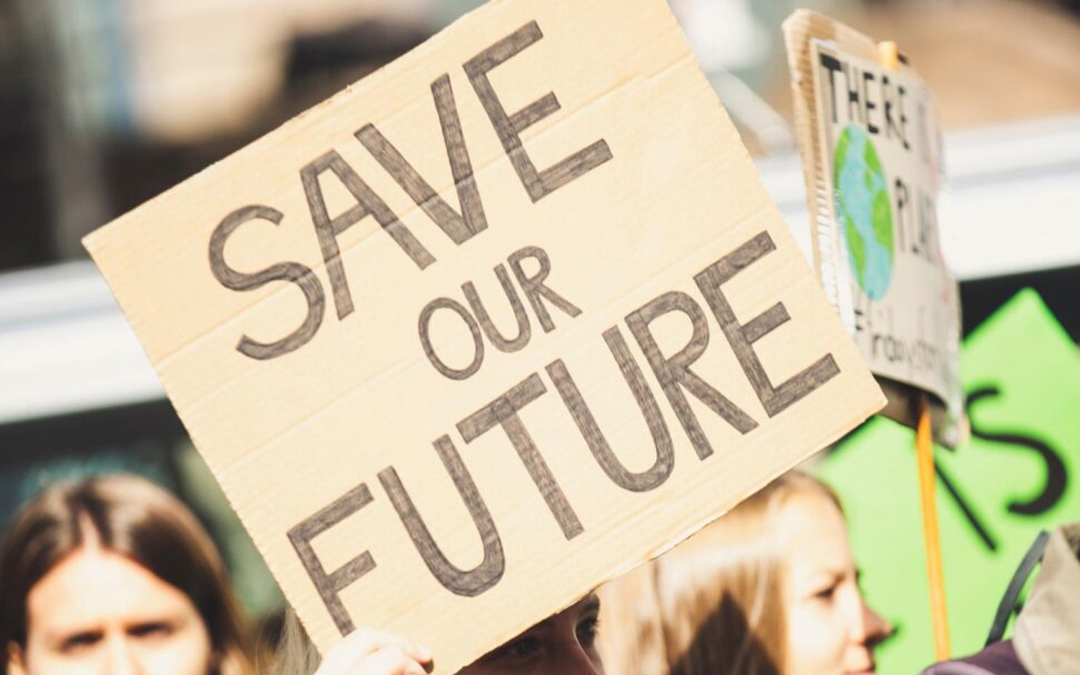The United Nations IPCC has issued its ‘final warning’ on climate change, as the window of opportunity to secure a liveable and sustainable future begins to close. If we act now, though, there is still hope.
March saw the publication of the final part of the Intergovernmental Panel on Climate Change’s (IPCC) Sixth Assessment Report (AR6). The report synthesises findings from more than 1,000 scientists looking at a wide variety of issues connected with climate change, delivering the most comprehensive assessment of where the world stands.
It makes for bleak reading, detailing the consequences of rising greenhouse gas emissions (GHG): the loss of lives, destruction of homes and livelihoods eradicated. It also lays out the devastation that is in our future if we fail to take the steps we know are required to reduce carbon emissions.
The report lays out six key findings:
1. We’ve already warmed the planet by 1.1ᵒC. This has resulted in glacial retreat unmatched for more than 2,000 years, sea levels rising faster than any century for 3,000 years and the last decade is the warmest on record for around 125,000 years. The consequence for humans is that there are more heatwaves, storms are more intense and droughts are more severe.
2. The effect of climatic change on people and ecosystems is more widespread and severe than expected. Described by the UN Secretary General as “an atlas of human suffering and a damning indictment of failed climate leadership,” the report makes clear that about half of the global population has to contend with severe water scarcity for at least 30 days a year while extreme floods force over 20 million people from their homes every year. The higher temperatures have also allowed diseases such as malaria to spread and have impacted farm productivity, with crop growth in Africa shrinking by a third in Africa since 1961.
3. Climate change has already created unrecoverable damage, but more finance can help scale solutions quickly. Some coastal communities have seen entire reef systems damaged beyond repair, eradicating livelihoods and food sources. Others have been forced to move to higher ground by rising sea levels, abandoning centuries-old cultural ties. The IPCC estimates that developing countries will require $127 billion per year by the end of the decade to adapt to climate change but funds are only reaching between 4% and 8% of that amount.
4. Fossil fuel use must decline much more rapidly in order to keep warming under 1.5ᵒC by 2050. The report estimates that CO2 emissions from fossil fuels are likely to be two-thirds higher than those required to reach net zero. If we are to meet the targets, then coal use must decline by 95%, oil by 60% and gas by 45% and even then, the figures assume significant use of technologies such as CCS. Without that coal, for example, will need to virtually phased out by 2050
5. Systemic change must happen in agriculture, transportation, food, buildings and materials, energy, and forest conservation. Power generation, buildings, industry and transport are responsible for nearly 80% of GHG emissions today. Widespread transformation of those industries are required for us to stay under the 1.5C target but that will require governments to create and deliver coherent policy. Transport, for example, will need urban planners to create cities that radically reduce the amount of travel required while also delivering better public transportation systems, more cycle-friendly routes, the integration of electric passenger and commercial vehicles, and buses.
6. Rapid action and finance must increase dramatically to reduce emissions, remove carbon from the atmosphere and adapt to negative climate impacts. While climate finance has risen by as much as 60% since the Fifth Assessment Report, it will need to increase six-fold by 2030 simply to achieve climate mitigation alone. The gap in financing is most notable in developing countries. In the Middle East, for example, climate finance needs to rise by 14x to hold warming below 2oC.
The report does offer some solace, highlighting ways we can find a different path to tread. It identifies, for example, readily available and cost-effective ways to reduce carbon emissions, increase capacity to remove carbon and build resilience so we can withstand the worst effects of the global temperature rise.

This is shown clearly in this chart and underlines the point about cost-effectiveness; options which cost less than US$100 could reduce 2019 level global emissions by half in time to meet the 2030 goal. In other words, we don’t have to build nuclear power plants or find a workable biofuel for the aviation industry in order to have a dramatic impact on carbon emissions. This is exactly why we have selected five project types as priorities for investment through our funds:
- Household devices: cleaner cookstoves not only reduce deforestation but also deliver significant co-benefits such as female safety, increased workforce participation and better respiratory health;
- Renewables: in Least Developed Countries, renewable energy can be highly impactful in what are generally fossil-fuel heavy markets;
- REDD+: we focus on the very best deforestation projects which can deliver certainty and align with Nationally-Determined Contributions baselines;
- Nature-based removals: we look at a wide-range of nature based removal technologies and ideas, from regenerative agriculture to blue carbon; and
- Biogas capture: methane has twenty-five times more warming potential than CO2 so it is important we support projects that capture the gas.
We are not resting our laurels, though. Those that know us well will probably know how fond we are of saying that we need to do everything, all at once, everywhere. Given the stark realities of the IPCC report, we fervently hope that 2023 will see us being able to do exactly that.


